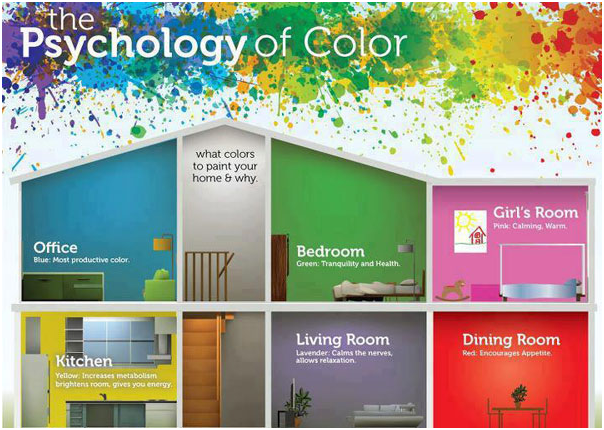Have you ever noticed how certain colors make you feel happier or more confident? Or maybe there are certain colors that just seem to wash you out and make you look tired? Well, you’re not alone. The psychology of color has a profound effect on our emotions and can even influence our wardrobe choices.
Growing up, I never paid much attention to the colors I wore. Like most people, I just gravitated towards what I liked or what was trendy at the time. But as I got older and started learning more about psychology, I became fascinated by how color can impact our mood and self-perception.
Color psychology is the study of how different colors evoke certain emotions and influence behaviors. It explores the unconscious associations we have with different colors and how they can affect our thoughts and feelings. And when it comes to our wardrobe choices, understanding the psychology of color can help us make more intentional decisions about what we wear.
Let’s start with one of the most popular wardrobe colors: black. Many people associate black with power, sophistication, and elegance. When you wear black, you may feel more confident and in control. It’s a timeless color that can make a bold statement and is often associated with high fashion. However, wearing too much black can also give off a sense of coldness or distance, so it’s important to balance it out with other colors or accessories to add warmth.
On the other end of the spectrum, we have white, which is often associated with purity, innocence, and simplicity. Wearing white can make you feel fresh and clean, and it’s a great color choice for hot summer days. However, white can also be seen as plain or boring, so it’s important to add some texture or pops of color to your outfit to make it more visually interesting.
Now, let’s explore some of the more vibrant colors. Red, for example, is often associated with power, passion, and energy. When you wear red, you may feel more confident and assertive. It’s a color that demands attention and can make you stand out in a crowd. However, red can also be seen as aggressive or overpowering, so it’s important to consider the context and tone it down if necessary.
Blue, on the other hand, is often associated with calmness, tranquility, and trust. It’s a color that evokes feelings of reliability and stability. When you wear blue, you may feel more relaxed and at ease. It’s a great color choice for job interviews or important business meetings, as it conveys professionalism. However, wearing too much blue can also come across as cold or unfriendly, so it’s important to balance it out with warmer colors or accessories.
Green is another interesting color that is often associated with nature, growth, and harmony. Wearing green can make you feel more connected to the environment and promote a sense of balance. It’s a color that is often associated with fertility and healing. However, green can also be seen as envy or jealousy, so it’s important to be mindful of the shade and context in which you wear it.
Of course, these are just a few examples, and the psychology of color is much more complex than what I’ve covered here. Different cultures and individuals may have different associations with colors, so it’s important to consider your personal experiences and preferences when choosing what to wear.
The psychology of color is a fascinating field that highlights the profound impact that colors can have on our emotions and behaviors. By understanding the meanings and associations behind different colors, we can make more intentional choices about what we wear and how it makes us feel. So next time you’re getting dressed, take a moment to consider the colors you’re choosing and the message you want to convey to the world. After all, fashion is not just about looking good, it’s about expressing who we are on the inside. And what better way to do that than through the colors we wear?
